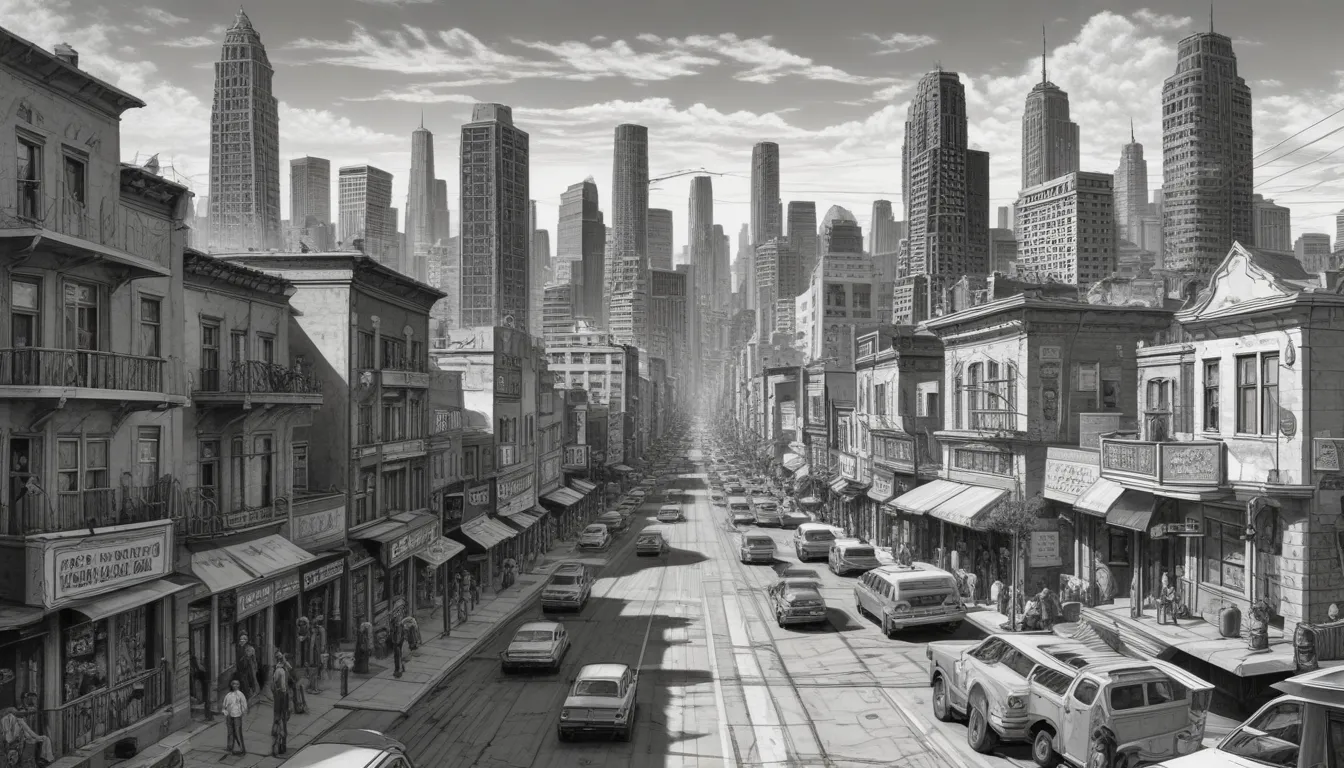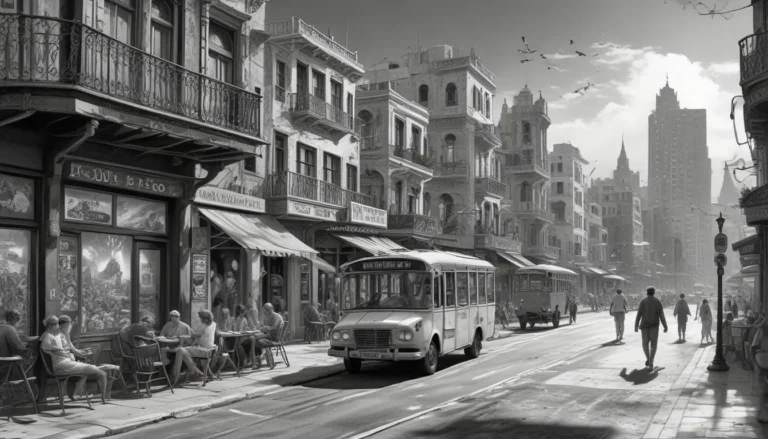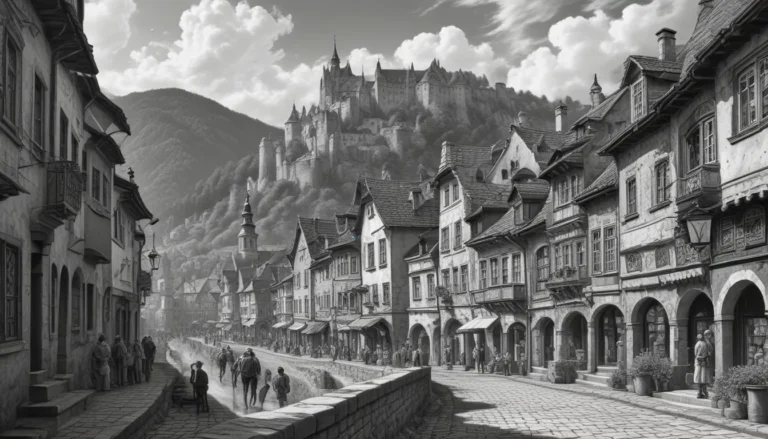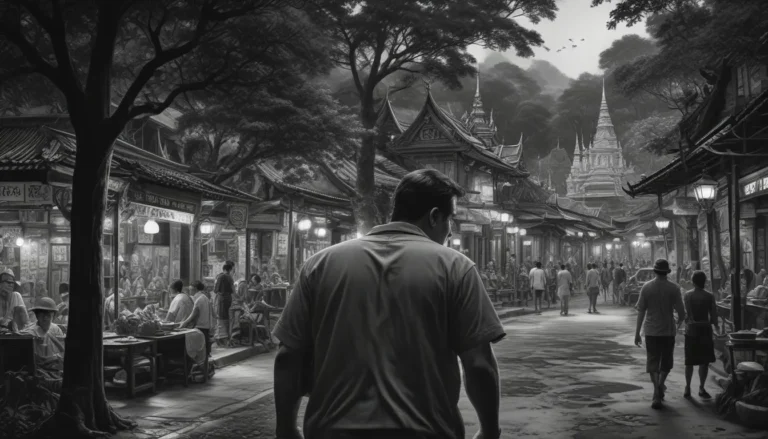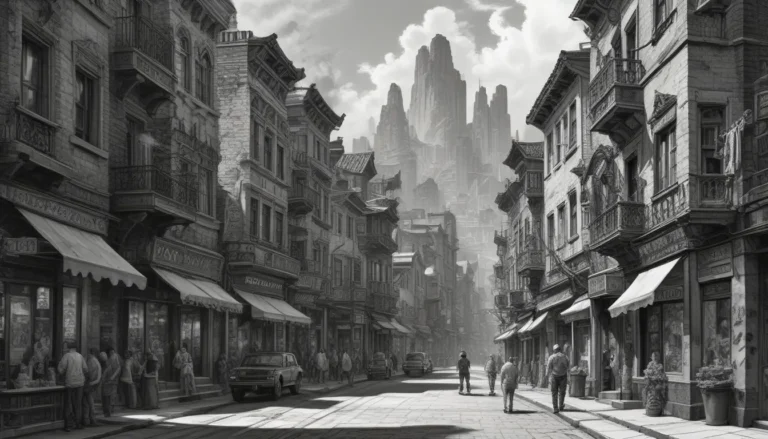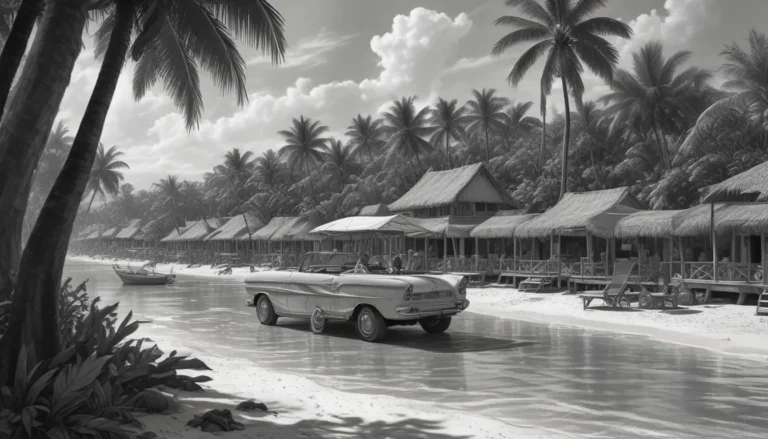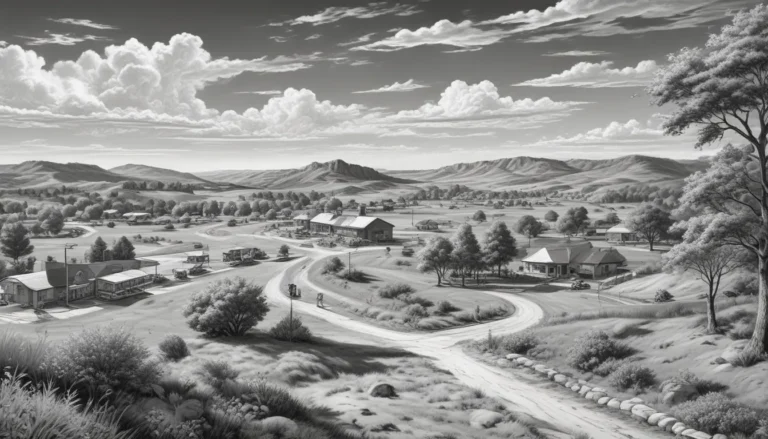The images in our articles are for illustrative purposes only and may not exactly match the content. They are intended to capture your interest and complement the text, not to replace it.
Welcome to the vibrant city of Los Angeles, California, where urban development meets cultural richness and architectural marvel. As the second most populous city in the United States, Los Angeles has a fascinating history of growth and evolution that has shaped its iconic skyline and diverse neighborhoods. Join us on a journey through 11 captivating facts about urban development in Los Angeles, as we uncover the stories behind its architectural wonders, transportation systems, and cultural landmarks.
Key Takeaways:
- Los Angeles faces challenges with earthquakes, urban sprawl, and housing affordability while leading in entertainment and transportation innovation.
- The city’s diverse architecture, revitalized river, and history of activism contribute to its unique urban fabric and vibrant cultural identity.
A City of Diversity and Innovation
Los Angeles is home to over 4 million people, making it the second most populous city in the United States. Its dynamic population and vibrant culture have established Los Angeles as a global hub for entertainment, business, and innovation. From the bustling streets of Downtown to the serene neighborhoods of the Valley, Los Angeles embodies a unique blend of creativity and ambition.
The Hollywood Sign: An Icon of Entertainment
The iconic Hollywood Sign, originally reading “Hollywoodland,” was first constructed in 1923 as an advertisement for a housing development. Over time, the sign became a symbol of the entertainment industry and underwent restoration efforts to preserve its cultural significance. Today, it stands as a beacon of Hollywood glamour, overlooking the city with pride and nostalgia.
Navigating the Freeways of Los Angeles
Los Angeles boasts an extensive network of freeways, including the famous Interstate 405, known for its congestion and traffic woes. Navigating the intricate web of freeways is a quintessential part of the Los Angeles driving experience, showcasing the city’s reliance on automobiles and the challenges of urban mobility in a sprawling metropolis.
Living on the Edge: Earthquakes in Los Angeles
Located on the Pacific Ring of Fire, Los Angeles is prone to seismic activity, with the San Andreas Fault posing a constant risk of earthquakes. This geological reality has influenced the city’s approach to urban development and infrastructure, shaping building codes, emergency preparedness, and public safety measures.
Architectural Diversity: From Past to Present
Los Angeles boasts a diverse architectural landscape, from historic Spanish-style buildings in Olvera Street to modern skyscrapers in Downtown. This blend of styles and influences reflects the city’s rich history and cultural tapestry, creating a visual identity that is both captivating and eclectic.
Revitalizing the Los Angeles River
The Los Angeles River, once heavily channelized and encased in concrete, has undergone significant revitalization efforts aimed at restoring its natural ecosystem and creating recreational spaces for the community. These projects have transformed the river into a vibrant urban oasis, reconnecting residents with nature in the heart of the city.
Embracing Urban Sprawl
Urban sprawl is a defining characteristic of Los Angeles, characterized by low-density development and automobile dependency. This sprawling layout has shaped the city’s unique urban fabric, influencing transportation patterns, land use, and community dynamics. While challenging, urban sprawl has also fostered a sense of openness and possibility in the city’s vast landscape.
The Entertainment Capital of the World
Los Angeles is a global leader in entertainment and media production, playing a pivotal role in shaping global popular culture. From Hollywood blockbusters to indie darlings, the city’s influence extends across film, television, music, and digital media, solidifying its status as a creative powerhouse and cultural epicenter.
Sustainable Mobility: The Los Angeles Metro
The development of the Los Angeles Metro rail system has transformed public transportation in the city, providing residents and visitors with a sustainable alternative to car-centric travel. This expansion reflects Los Angeles’ commitment to reducing traffic congestion, promoting environmental sustainability, and enhancing urban mobility for all.
A Legacy of Activism and Engagement
Los Angeles has a rich history of urban activism and community engagement, with grassroots movements advocating for social justice, environmental sustainability, and equitable urban development. From civil rights protests to environmental campaigns, the city’s residents have a long tradition of advocating for positive change and inclusive growth.
Addressing Housing Affordability and Homelessness
Housing affordability and homelessness remain pressing challenges in Los Angeles, prompting ongoing efforts to address these issues through policy initiatives, affordable housing developments, and support services for individuals in need. The city’s commitment to tackling these complex issues reflects a dedication to creating a more equitable and compassionate urban environment for all residents.
Journey Through Urban Evolution
As we conclude our exploration of urban development in Los Angeles, we celebrate the city’s remarkable journey of growth, transformation, and resilience. From its humble beginnings to its current status as a global metropolis, Los Angeles continues to inspire with its dynamic spirit and innovative energy. As we look towards the future, let us learn from the past and embrace the opportunities for sustainable growth and development in this diverse and vibrant city.
FAQs
What are some notable landmarks in Los Angeles, California?
– The Hollywood Sign, Griffith Observatory, and the Getty Center are iconic landmarks in Los Angeles, each contributing to the city’s rich cultural tapestry and attracting visitors from around the globe.
How has urban development influenced the cultural fabric of Los Angeles?
– Urban development has played a pivotal role in shaping the cultural identity of Los Angeles, fostering diversity, creativity, and innovation. The city’s evolving urban landscape provides a platform for artistic expression, culinary diversity, and technological advancements, contributing to its unique cultural tapestry.
Conclusion
Explore the dynamic world of urban development in Los Angeles, California, where innovation meets tradition, and diversity thrives. From iconic landmarks to revitalized riverbanks, the city’s urban landscape tells a story of growth, resilience, and creativity. As we navigate the challenges of the modern metropolis, let us draw inspiration from the past and envision a future of sustainable growth and inclusive development for all. Join us on this journey through the vibrant streets and historic neighborhoods of Los Angeles, where the spirit of urban excellence awaits.
